The Flash Technique
A Gentle Approach to Trauma Healing
“The past affects the present even without our being aware of it.”
― Francine Shapiro
What is the Flash Technique?
Journeying through a traumatic episode can prove extremely difficult. Especially when you’re trying to find the most effective way to heal. Some approaches to trauma are all about tackling memories head-on. They encourage you to bring up old thoughts while staring them straight in the face. Exposure therapy is a prime example of this, as it forces individuals to slowly confront their past trauma so they can process and heal.
But what if there’s a better approach? Created by Paul Mansfield, the Flash Technique strives to put patients first. When it comes to compassion and effectiveness — this technique is unmatched. It prioritizes comfort and safety while still delivering positive therapeutic results. If you’ve been seeking hope, this is your chance at healing.
The Impact of Trauma Activation
The impact of trauma can be experienced in deep and personal ways by individuals. It can bring forth emotional or physical reactions that manifest in different forms. It is almost impossible to avoid these triggers, as they range from the most mundane things to life-changing events, however, they all lead to a distressful state of panic, anxiety, and other issues such as dissociation and flashbacks. The challenges of these symptoms often make it harder for individuals to recover, therefore making healing an even more complicated process for many people.
Principles of the Flash Technique
When employing this method, it is crucial to make sure that clients do not feel overwhelmed. Instead of dwelling on the negative aspects, the client should concentrate on positive anchors such as pleasant memories or soothing imagery. This ensures that they can regain control over their lives, as traumatic experiences often leave them feeling helpless and powerless.
How Does the Flash Technique Work?
It all starts with targeting a traumatic memory. With a focus on positivity and redirecting the client’s attention, we shift away from this distressing experience. Doing so helps us process these memories without overwhelming ourselves or others. Creating an environment that is comfortable and productive for everyone involved. We do this by creating positive anchors, or what others call a safe space.
Positive anchors, what are they?
According to Paul Mansfield, they are things that can make someone feel good or comfortable. They help people stay calm in tough situations so they can find a good way through them. Positive anchors are a great way to provide those suffering with stability and reassurance. When individuals are reminded of positive aspects of their lives, it often triggers a return to a more familiar and grounded state. These uplifting reminders foster an environment conducive to addressing and overcoming past traumas, guiding clients toward a path of healing and ultimately improving their quality of life.
Why Is Low Activation Better?
Without low activation, trauma processing won’t happen. This is why Paul invented the Flash Technique. High levels of activation will trigger defense mechanisms like dissociation or avoidance, which will lead nowhere in therapy. Lowering those levels and minimizing activation helps clients engage fully in therapy, facilitating deeper and longer lasting healing outcomes.
4 Reasons You Should Ask Your Therapist About the Flash Technique
Gentle Approach:
The Flash Technique offers a gentle and non-invasive approach to trauma processing, suitable for individuals with high sensitivity.
Minimized Activation:
By focusing on positive anchors, the Flash Technique reduces client activation during trauma processing, lowering the risk of retraumatization.
Enhanced Effectiveness:
Research has demonstrated the efficacy of the Flash Technique in reducing trauma-related symptoms and improving overall well-being.
Improved Client Comfort:
With its emphasis on safety and comfort, the Flash Technique provides a supportive environment for trauma processing, empowering clients on their healing journey.
The Flash Technique is different. It offers a new way to address trauma, a compassionate one; one that actually works. Paul Mansfield’s technique has shifted the entire landscape of trauma therapy, and it’s changing lives in the process. By emphasizing comfort and minimizing distress, clients have been able to recover in ways they never thought possible.
Ask your therapist about this innovative approach next time you see them — it might be just what you need to find your way out of the dark.


